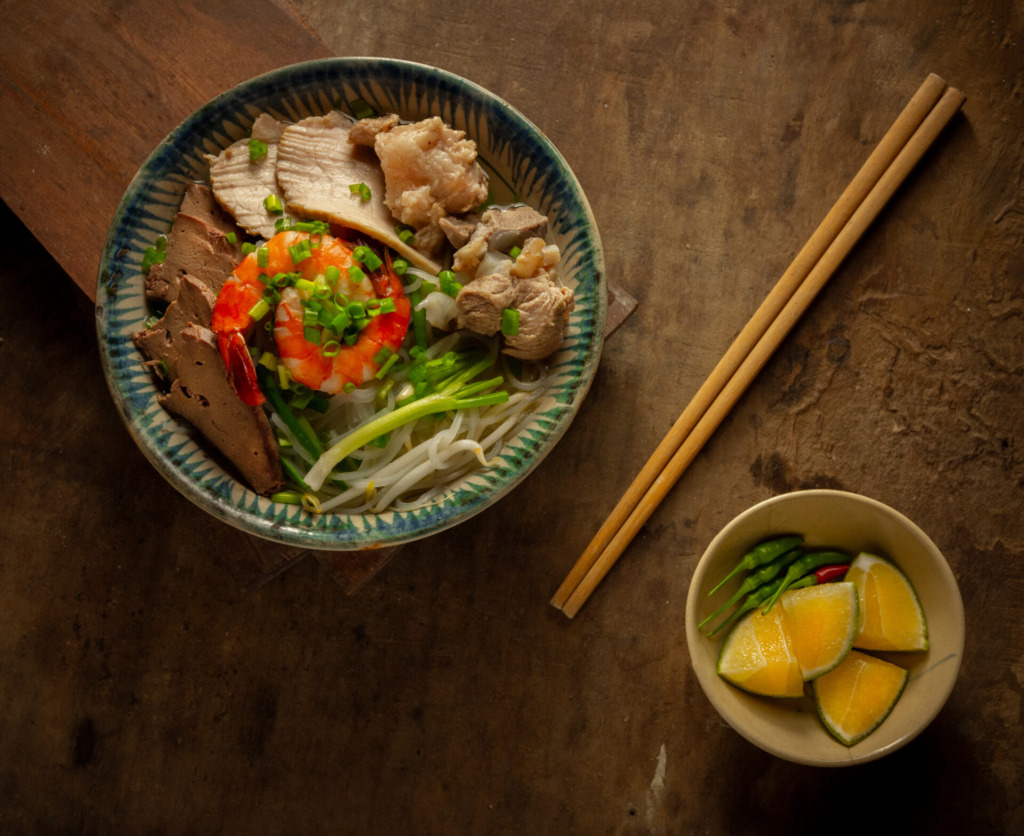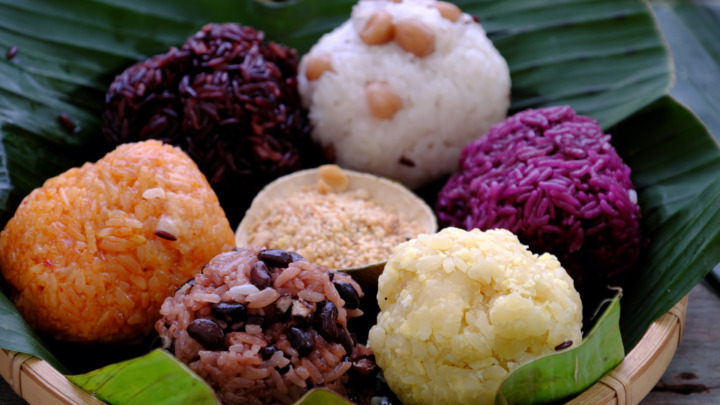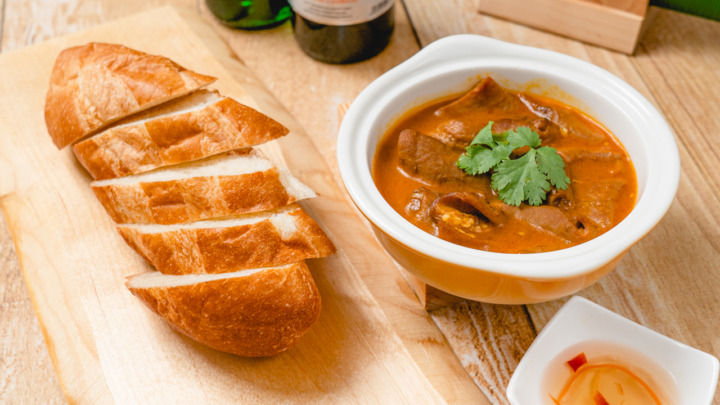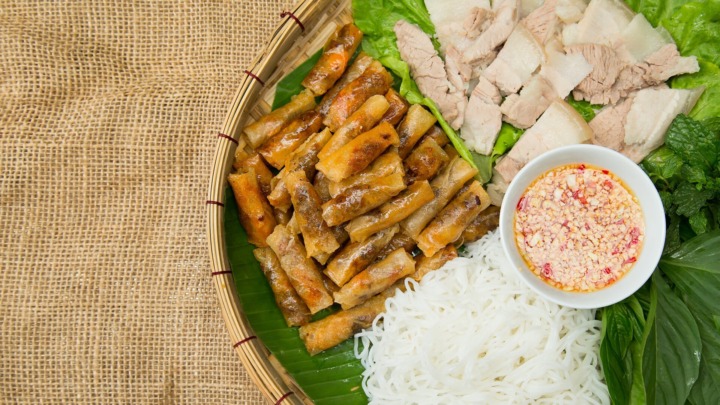The cuisine of Vietnam is diverse and rich. Let us try to understand the culinary differences between the three regions: the North, the Central, and the South.
Northern Cuisine
Northern cuisine is characterized by a frugal and refined taste with a well-balanced blend of sour, spicy, salty, and sweet flavors.
Typical northern cuisine is Hanoi (河內) or Ha Thanh (河城) cuisine.
Famous dishes include pho, bun cha, Banh Cuon, Bun Rieu Cua crab soup noodle, and Bun Dau Mam Tom shrimp paste tofu bun.

Usually spices such as chili, lemongrass, and pepper are used, and the emphasis is on frugality, so the food is not too spicy and is easy to eat.
The people who live here, the climate with its four seasons, and the climate are well reflected in the cuisine. The food is very easy to eat and satisfying enough to grab the stomachs of many people.
Central Cuisine
Because central Vietnam is rarely blessed with good weather, with heavy rains, floods, dryness, and hot weather throughout the year, many dishes are very spicy and use a lot of chili peppers.
In addition to the spicy Bún Bò Huế, which is traditional in Hue’s Royal Palace and the ancient capital, the city is also famous for its rice flour cakes and various types of noodles, such as Mỳ Quảng (Quảng noodles) and Bánh Canh (Bánh Canh).

The cuisine of the central region is highly unique, and tastes vary, but if you like spicy food, you should definitely try it.
Southern food
Southern cuisine is very rich because it has been influenced by different cultures and has absorbed the essence of many cuisines. Southern cuisine is not as delicate as that of the North, nor as rich and spicy as that of the Central, but it has its own unique characteristics.
Some of the most famous are Eel in Lemongrass, Hủ Tiếu Nam Vang (Nam Vang Noodles).

Southerners prefer to combine sour and sweet flavors in their cooking, so they use a lot of sugar and coconut water in their dishes.
Why did you introduce Hanoi Pho to your Japanese clients?
As mentioned above, the Northern cuisine is frugal yet harmonious in its spices and will satisfy even the most demanding customers.
However, Hanoi pho is the most difficult dish to prepare because it is labor intensive. Hanoi pho is characterized by the sweet broth from the bones and the coolness from the vegetables.
Unlike southern pho, which uses plenty of bean sprouts and herbs, Hanoi pho is simple, consisting only of green onions and a small amount of lemon.

Northerners usually want to fully enjoy the flavor of the broth and do not want to use other herbs that would drown out the sweet, frugal taste of pho.
Northern pho is not oily, and its seasoning is not too spicy or sweet, making it very suitable for introducing to foreign countries.










